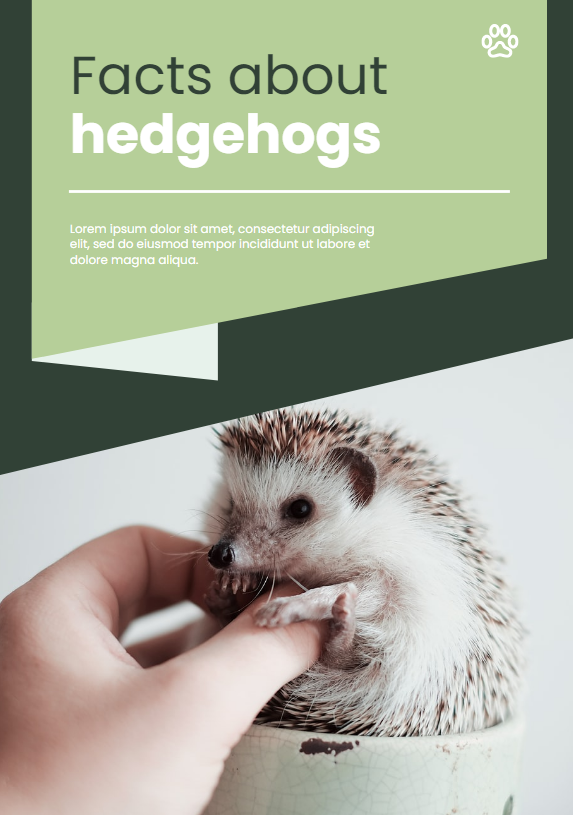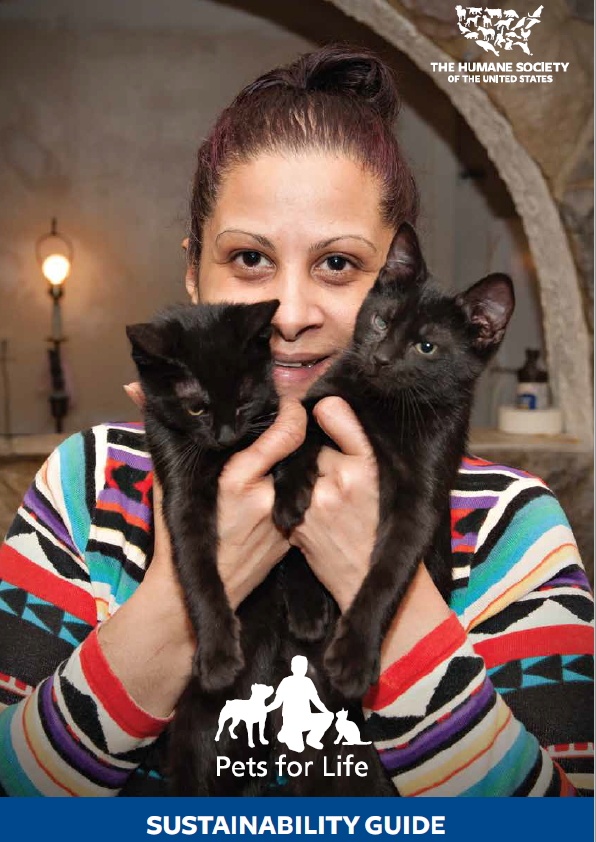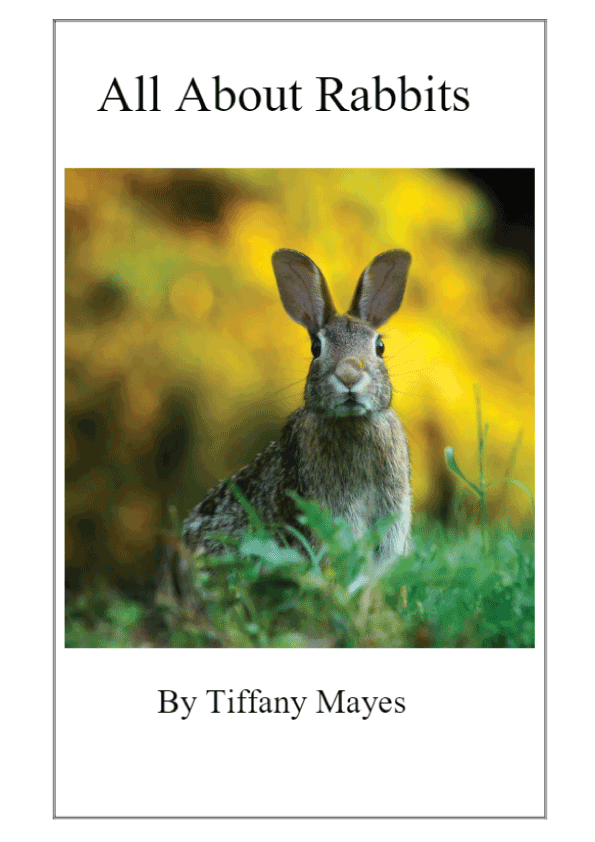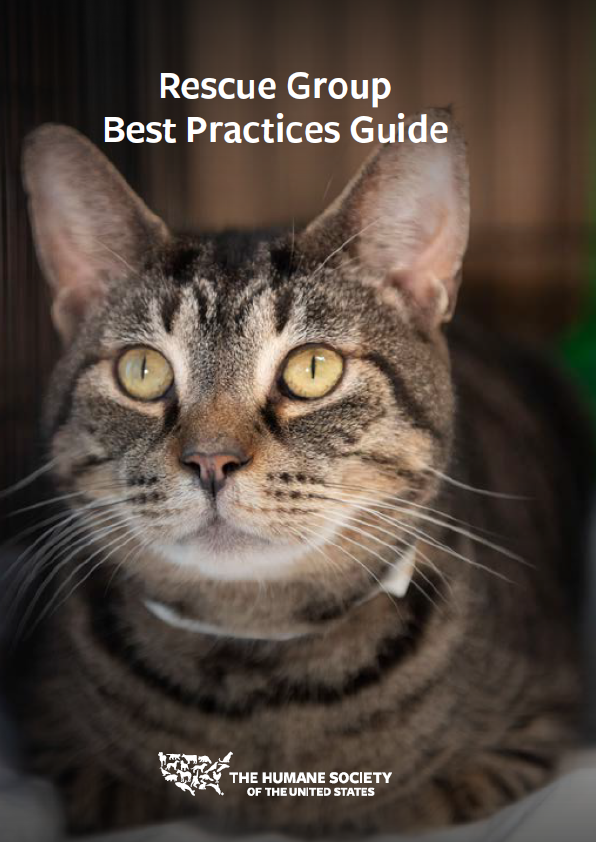Introduction
A hedgehog is a spiny mammal of the subfamily Erinaceinae, in the eulipotyphlan family Erinaceidae. There are seventeen species of hedgehog in five genera found throughout parts of Europe, Asia, and Africa, and in New Zealand by introduction. There are no hedgehogs native to Australia and no living species native to the Americas. However, the extinctgenus Amphechinus was once present in North America.
Hedgehogs share distant ancestry with shrews (family Soricidae), with gymnures possibly being the intermediate link, and they have changed little over the last fifteen million years.[Like many of the first mammals, they have adapted to a nocturnal way of life. Their spiny protection resembles that of porcupines, which are rodents, and echidnas, a type of monotreme.
Hedgehogs are easily recognized by their spines, which are hollow hairs made stiff with keratin. Their spines are not poisonous or barbed and, unlike the quills of a porcupine, do not easily detach from their bodies.
In areas where hedgehogs have been introduced, such as New Zealand and the islands of Scotland, the hedgehog has become a pest. In New Zealand it causes immense damage to native species including insects, snails, lizards and ground-nesting birds, particularly shore birds.
However, the immature animal’s spines normally fall out as they are replaced with adult spines. This is called “quilling”. Spines can also shed when the animal is diseased or under extreme stress. Hedgehogs are usually brown, with pale tips to the spines, though blonde hedgehogs are found on the Channel Island of Alderney.
All species of hedgehogs can roll into a tight ball in self-defense, causing all of the spines to point outwards. The hedgehog’s back contains two large muscles that control the position of the quills. When the creature is rolled into a ball, the quills on the back protect the tucked face, feet, and belly, which are not quilled.
Since the effectiveness of this strategy depends on the number of spines, some desert hedgehogs that evolved to carry less weight are more likely to flee or attack, ramming an intruder with the spines; rolling into a spiny ball for those species is a last resort. Hedgehogs are primarily nocturnal, though some species can also be active during the day.
Hedgehogs sleep for a large portion of the day under bushes, grasses, rocks, or most commonly in dens dug in the ground, with varying habits among the species.
All wild hedgehogs can hibernate, though not all do, depending on temperature, species, and abundance of food.
Hedgehogs are fairly vocal and communicate through a combination of grunts, snuffles and/or squeals, depending on species.
Hedgehogs occasionally perform a ritual called anointing. When the animal encounters a new scent, it will lick and bite the source, then form a scented froth in its mouth and paste it on its spines with its tongue.











